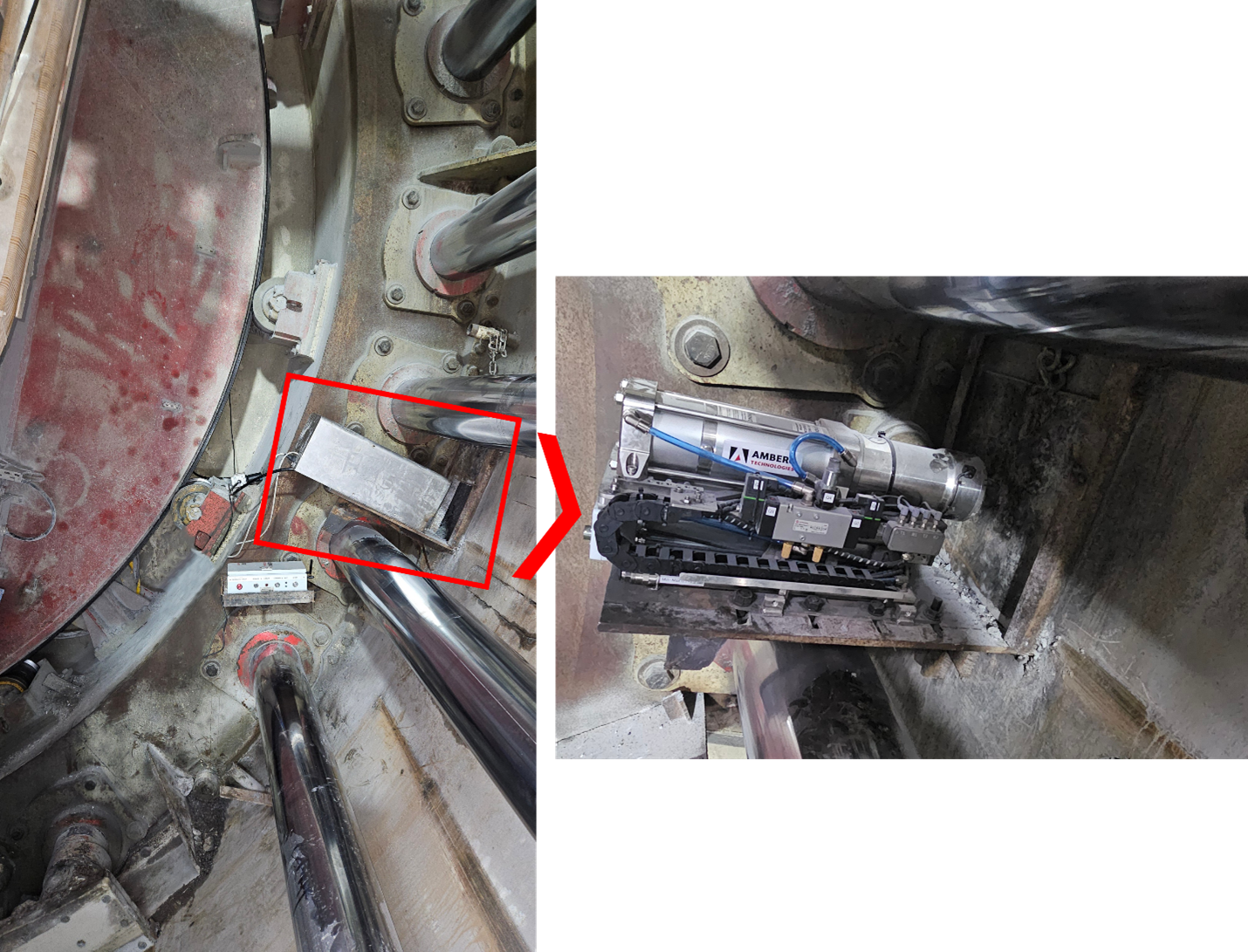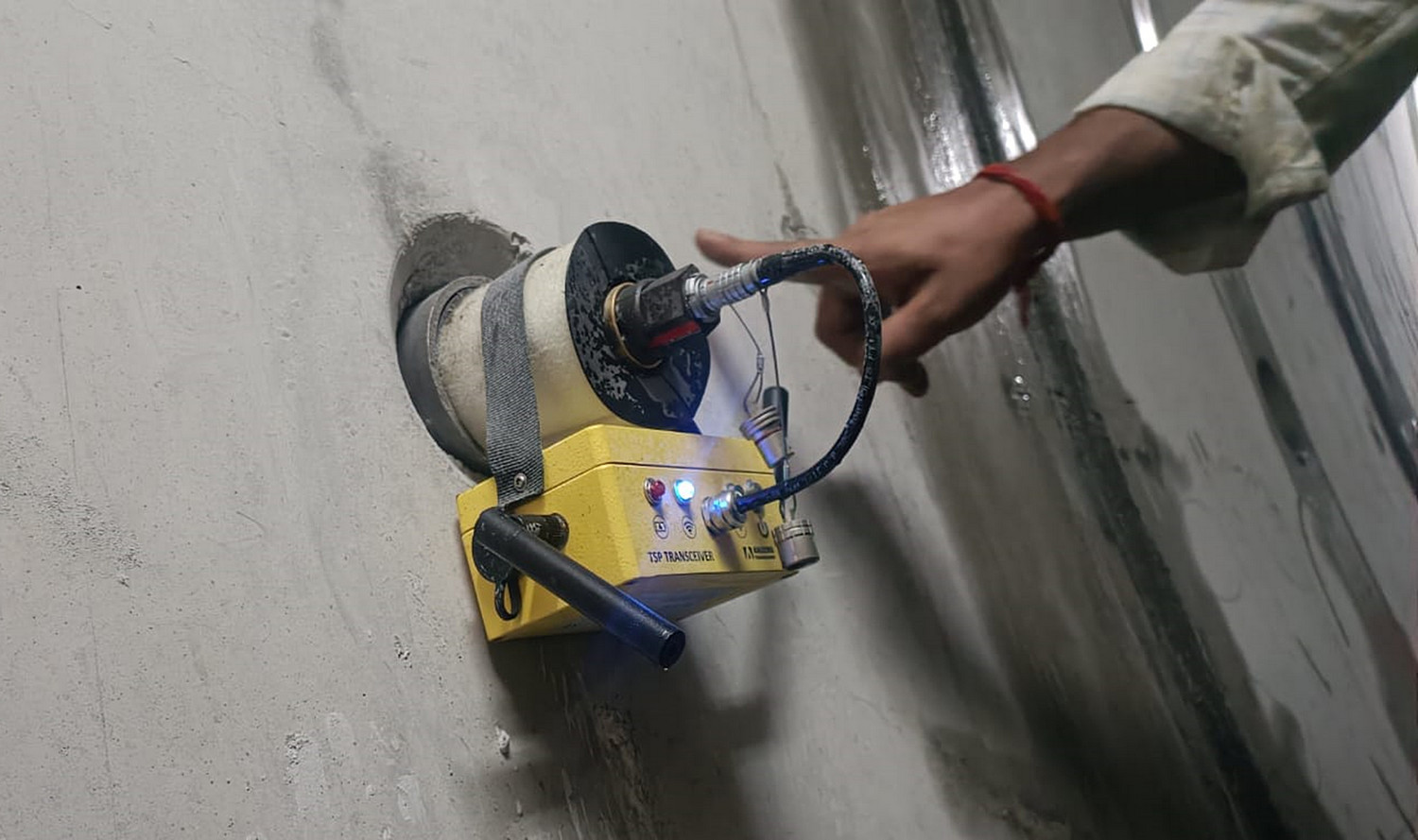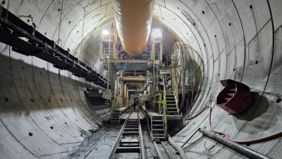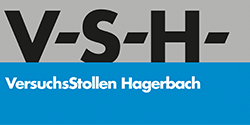TSP 603-Impact installation completed at Vishnugad Pipalkoti Hydroelectric Project in India
After Terratec’s 9.86 m diameter Hard Rock Double Shield TBM started its journey through the Himalayan mountains 10 months ago, the retrofitting of the TSP 603-Impact System has now been successfully completed on-site within one week. The TBM is already over 3 km into the mountain and can now pass the next 10 km of the 13.4 km long Head Race Tunnel more safely thanks to the TSP.
The alignment for the Vishnugad Pipalkoti Hydroelectric Project (VPHEP) consists mainly of one-third dolomitic limestone and almost two-thirds slate. About 3% runs through critical geological sections, including overthrust zones with shallow overburden of 150 meters and several shear and fault zones that are expected. Possibly, many others will arise unexpectedly. Therefore, the client THDC India Ltd. (THDCIL), a joint venture of the Government of India and the Government of Uttarakhand, and the contractor M/S HCC Ltd. have decided not to rely solely on advance drilling and good hope, but to use Amberg's innovative TSP 603-Impact, which will ensure certainty about the geological risk ahead of the tunnel face during tunneling.

Figure 1. (Left) The TSP Impact hammer is being placed on a console welded to the tail shield between the thrust cylinders. It is connected to the control unit next to it, which is wirelessly connected to the operator’s tablet PC. With this, the operator can completely control the Impact hammer and the incoming seismic data. (Right) Close-up of the impact hammer without a protective cover. A sliding mechanism locks the window opening when the impact hammer is not in use during the tunneling intervals.
In September, the impact system was installed in the tail shield of the tunnel boring machine. It consists of an impact hammer that is supplied with 6.5-7 bar compressed air from the TBM compressor. The 56 kg hammer requires a steel bracket that is welded to the shield. It is fastened to this bracket with 8 bolts. The correct angle of the hammer is important, which should be approximately at a right angle to the tunnel wall (Figure 1). In addition, the contractor cut a 30x30 cm window into the tail shield so that the hammer can drive against the bare rock to apply seismic energy directly into the rock. The hammer does this in short time windows of around two minutes each time the TBM has completed its advance. The transmission of seismic body waves into the rock causes their reflection on rock contrasts, which is intended to detect particularly hazardous fracture zones.

Figure 2. The seismic receivers are inserted through the openings of the concrete segments (grout holes) into 1.5 m deep boreholes in the rock mass, where they are coupled directly to the rock. The transceivers (yellow box) connected to them immediately send the digitized seismic signal to the operator, who can examine it visually.
The reflection signals are picked up by receivers located 1.5 m behind the segmental lining in the rock mass and are further transferred as digital data through wireless transmitters to the operator’s tablet PC (Figure 2). Once a measurement campaign with about 20 source points has been completed, the data is evaluated and analyzed, and an updated geological forecast is provided for the next 100 meters, comprising both compressional and shear wave velocity distributions in 3D. This technology not only minimizes geological risk and keeps project costs under control, but also increases the productivity of tunneling.
THDCIL remains committed to completing the 444 MW VPHEP in a timely and efficient manner, further bolstering India’s renewable energy portfolio and helping meet national energy demands.


